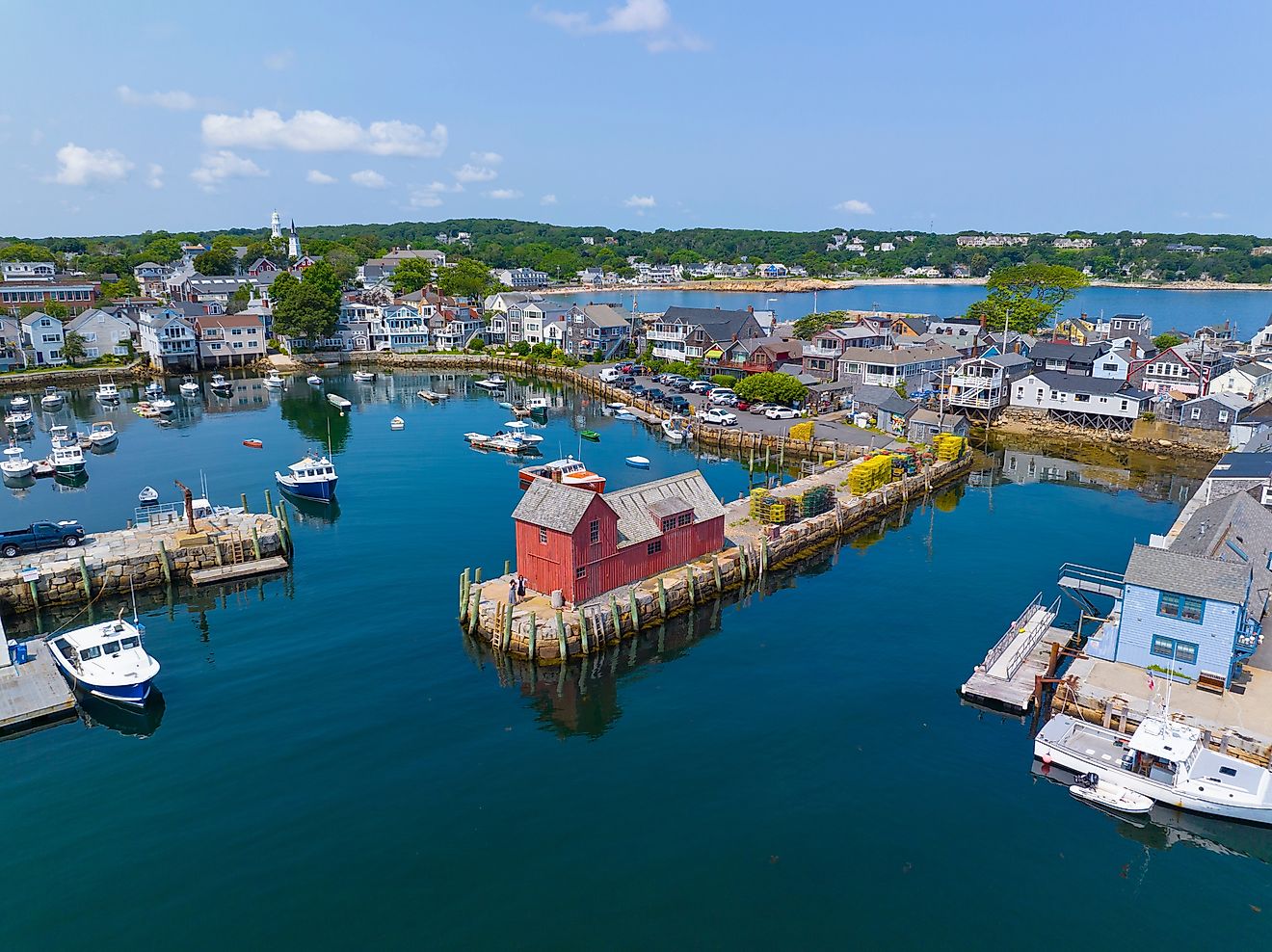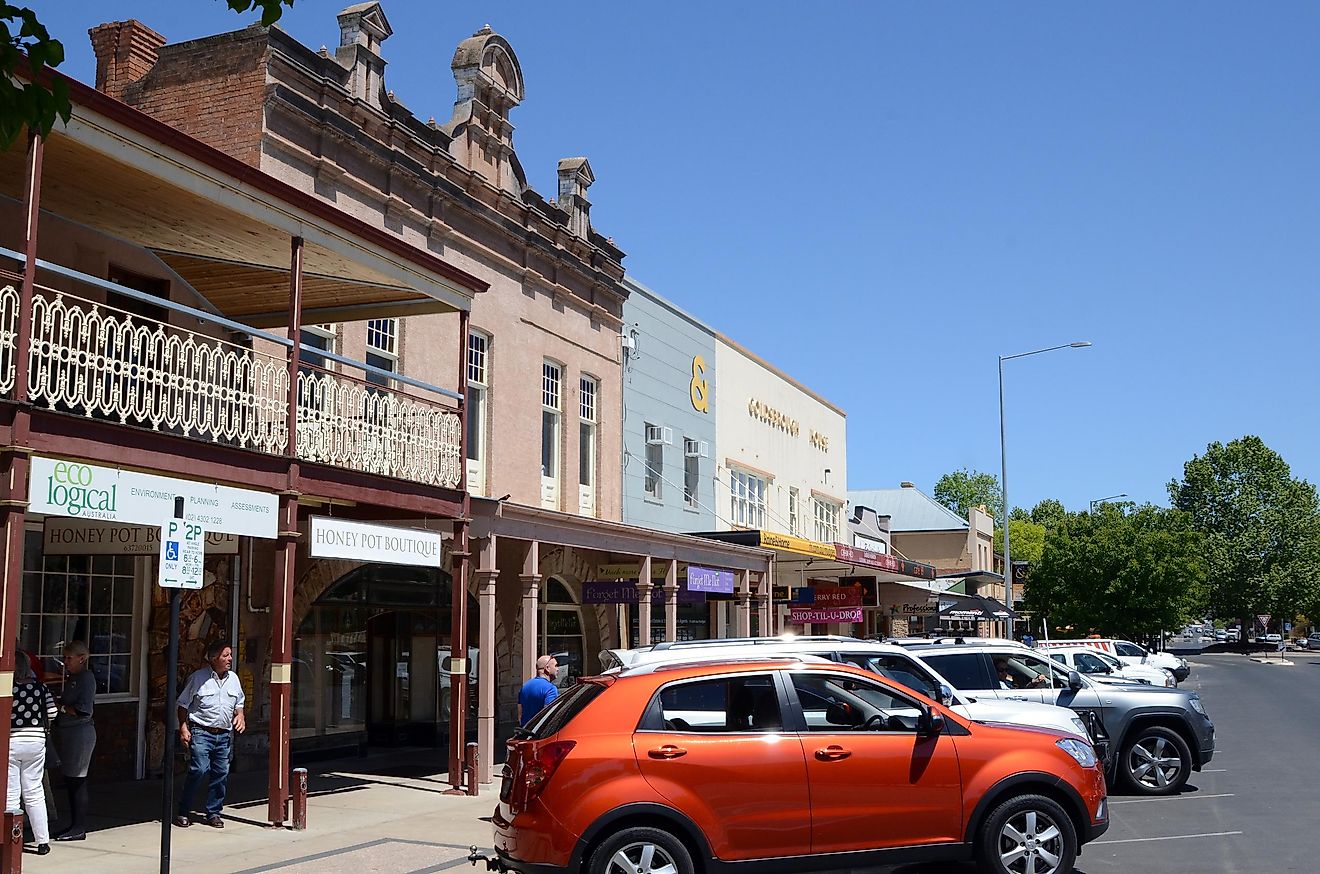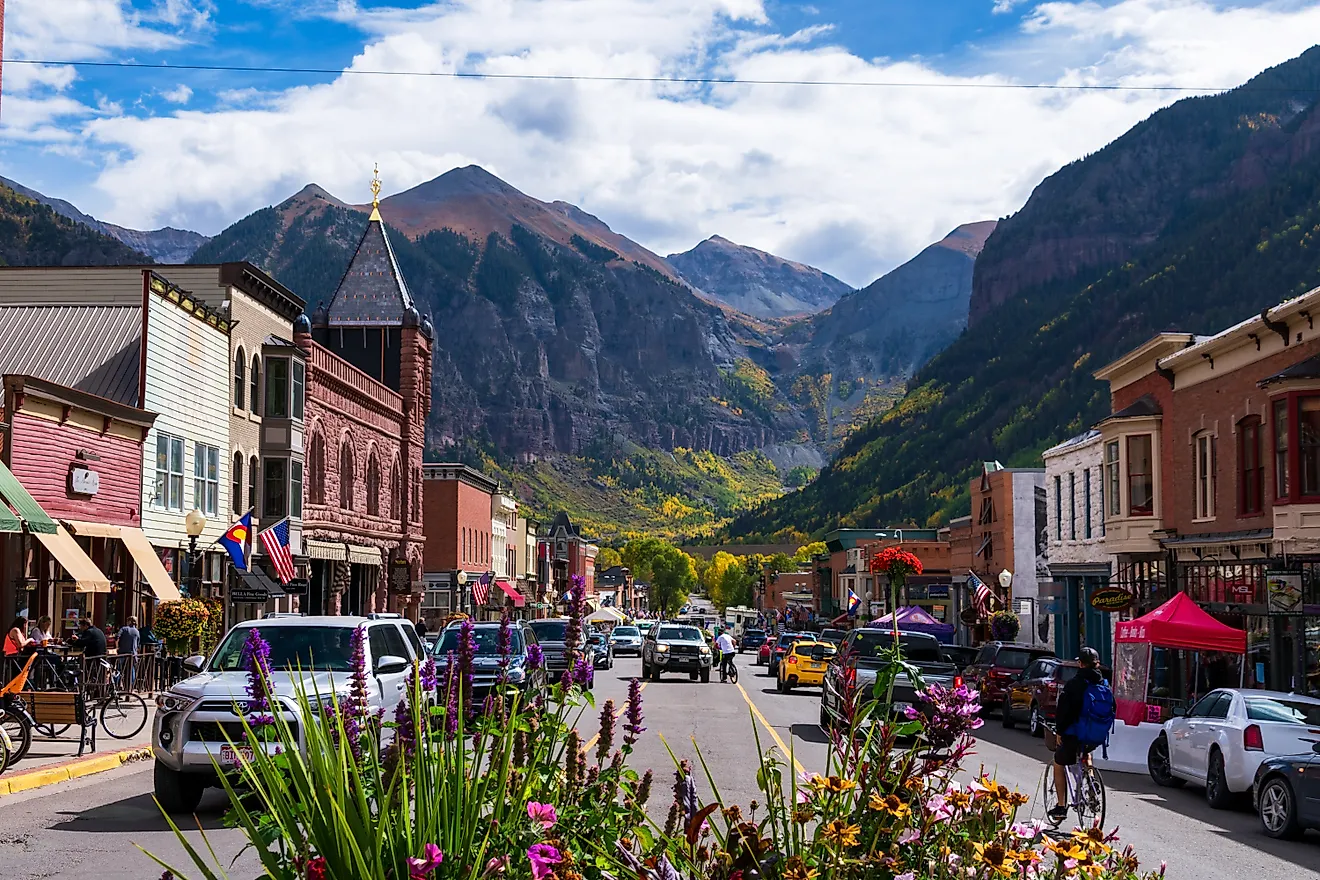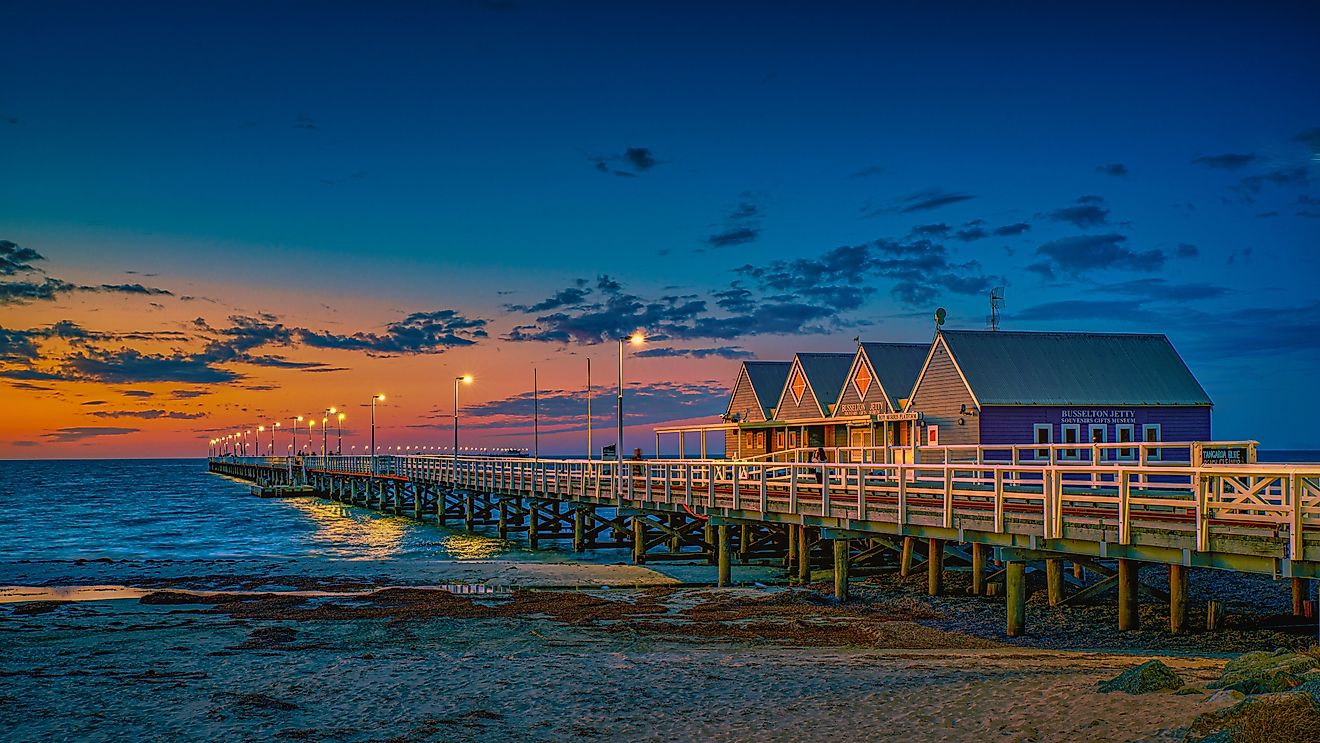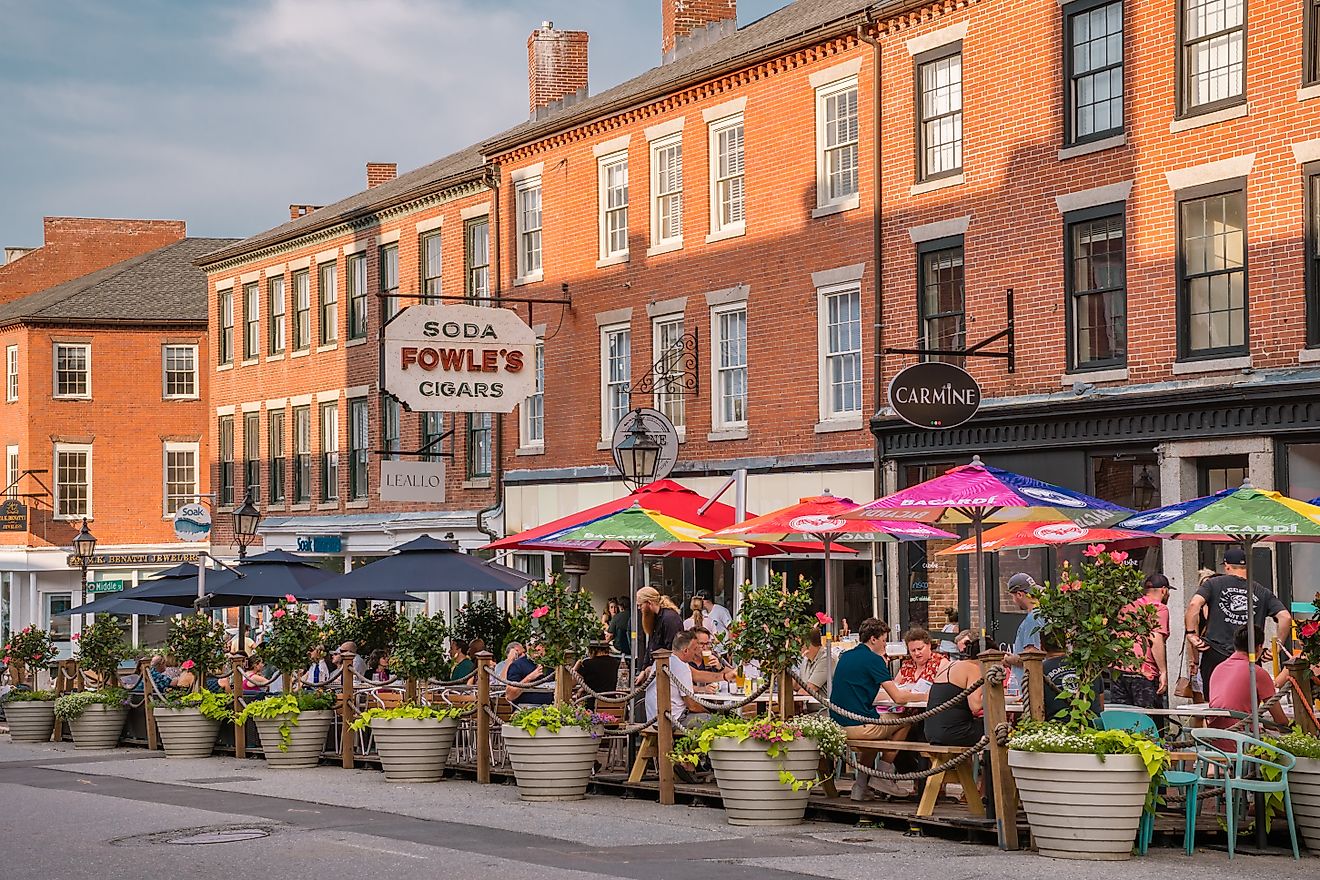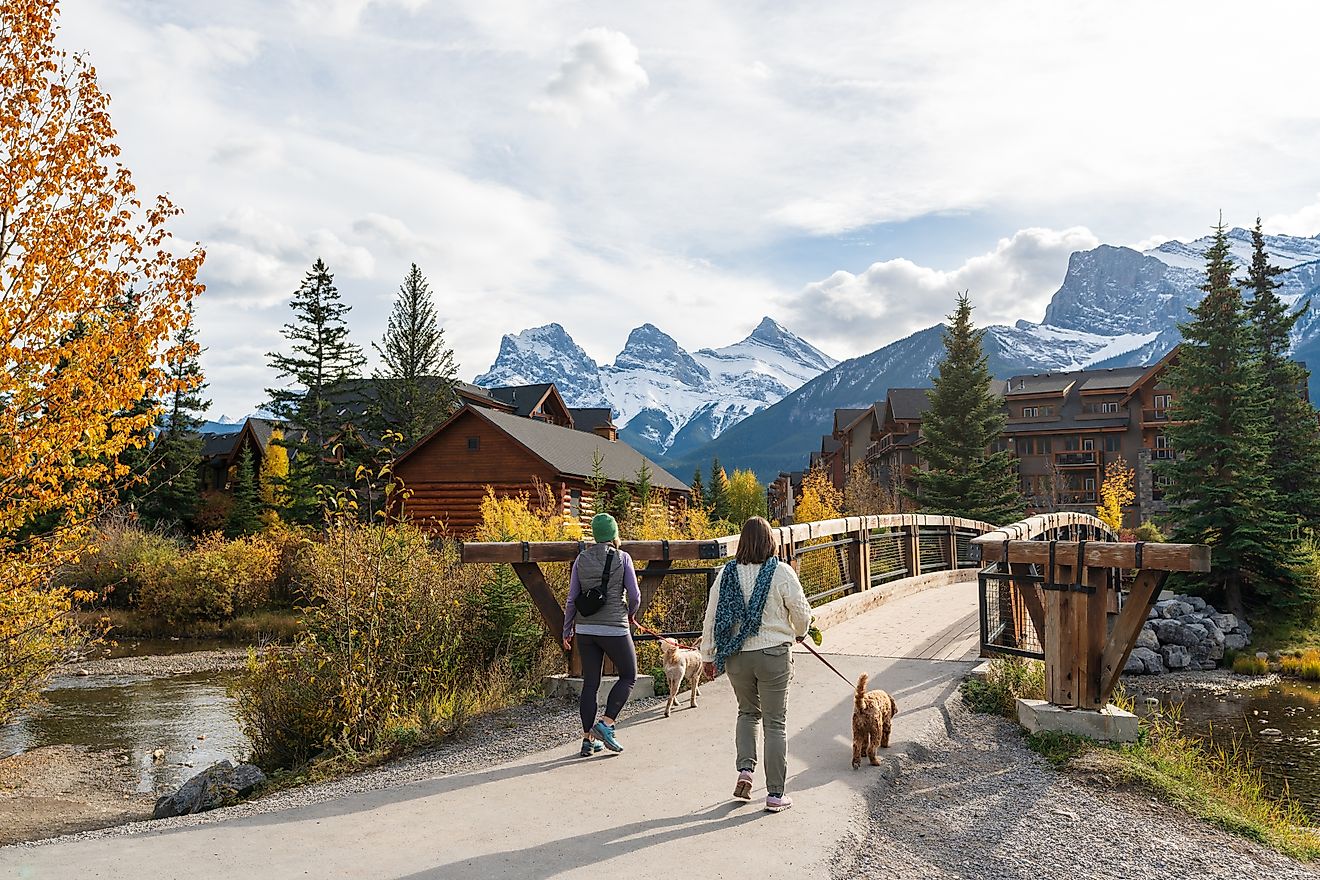
These 11 Towns In North Carolina Have The Best Main Streets
Main streets have a way of holding on to things the rest of the country lets go. In North Carolina, that might mean a bakery that still opens before sunrise on Hendersonville's wide Main Street or a riverfront bench in New Bern where church bells and boat horns overlap.
Some of these downtowns grew up around trains and courthouse squares; others face open water, with shrimp boats and sail masts as part of the skyline. But they all share the same idea: main street is where things happen. If you enjoy small towns that are real, lived-in places rather than set pieces, these are streets worth knowing.
Hendersonville

Hendersonville's oversized Main Street immediately sets it apart. The unusually wide corridor, laid out in the 1800s as a fire buffer, gives the town a downtown core that feels larger than its population suggests. Its long association with North Carolina's apple industry also defines its identity; orchards ring the outskirts, and the Apple Festival turns Main Street into the state's most concentrated celebration of the crop each Labor Day weekend.
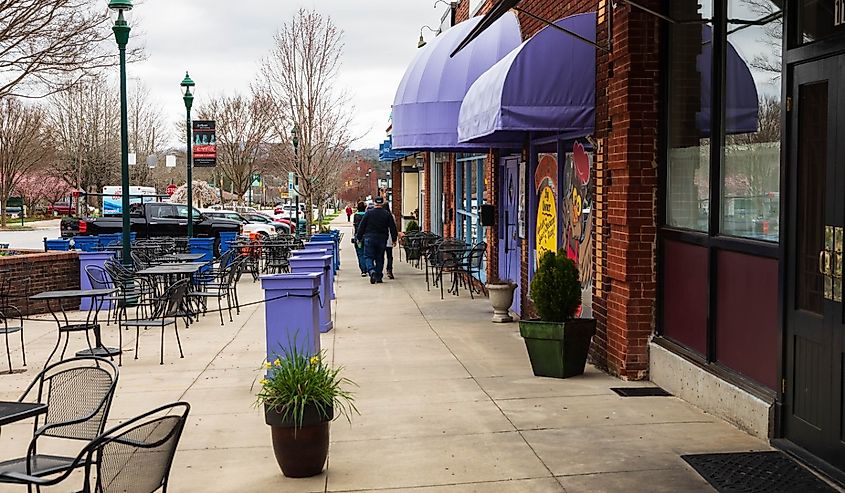
The Appalachian Pinball Museum occupies a former theater just off Main and houses rows of vintage machines that illustrate the evolution of arcade culture. McFarlan Bake Shop, in business since 1930, produces breads and pastries that anchor the morning foot traffic downtown. Hands On! Children's Museum brings interactive exhibits to a two‑story building on Main and draws local families year‑round. Black Bear Coffee Co. adds a consistent gathering point with indoor tables and a small sidewalk presence. Hendersonville's location near DuPont State Forest keeps the town connected to the region's natural side, with waterfall trails and forest roads beginning a short drive from the center of town.
New Bern
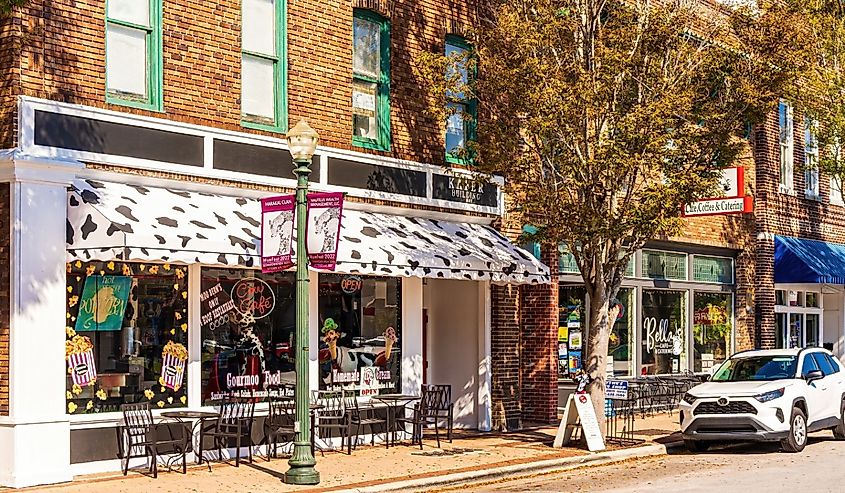
New Bern's downtown sits at the meeting point of the Neuse and Trent Rivers, but it's the town's role as North Carolina's first colonial capital that shapes its layout and visual texture. Brick sidewalks, preserved steeples, and 18th-century street grids reflect a time when New Bern was the cultural and political center of the colony. Tryon Palace, rebuilt on its original footprint, anchors the south end of downtown with Georgian architecture, manicured gardens, and a formal entrance on Pollock Street that ties directly into the historic district.
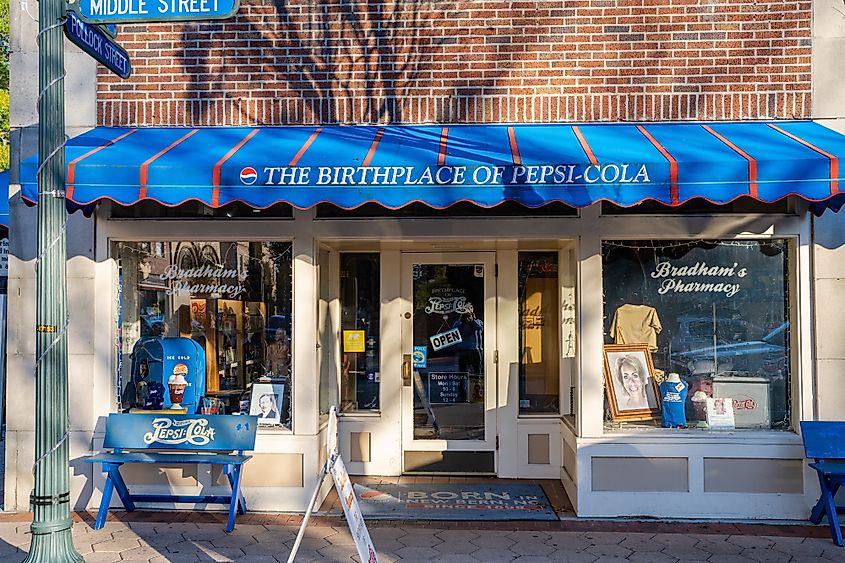
At Middle and Pollock, the Birthplace of Pepsi Store marks the site of Caleb Bradham's pharmacy, where the drink was invented in 1898. It now functions as both gift shop and soda fountain, and regularly draws foot traffic. Persimmons Waterfront Restaurant, positioned at the end of South Front Street, offers direct views of boat slips and the riverwalk. A few blocks inland, the Bank of the Arts operates in a former bank building with intact vaults and rotating regional exhibits. Union Point Park sits at the downtown edge with lawns, a gazebo, and water views framed by bridges.
Waynesville
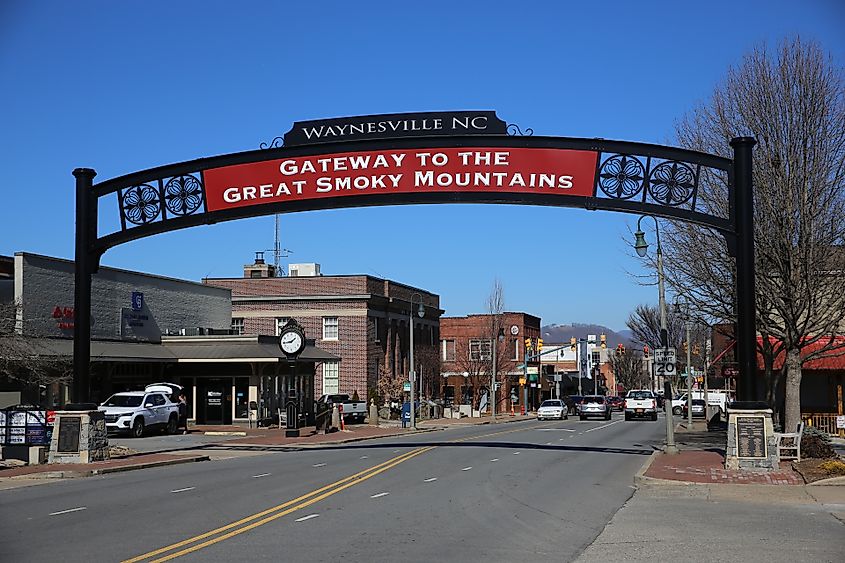
Waynesville's downtown holds the feel of a small mountain city rather than a rural town, shaped by its history as the county seat and its location between Great Smoky Mountains National Park and the high ridges of the Blue Ridge Mountains. Main Street follows its original course from the early 1900s, framed by restored brick buildings and anchored by the Haywood County Courthouse, whose dome and columns dominate the streetscape. The surrounding peaks of the Balsam Range and Plott Balsams add a vertical backdrop visible from nearly every block, especially in late afternoon when shadows begin to climb the storefronts.
The Mast General Store, located at 63 North Main, operates out of a Depression-era commercial block and offers gear, candy, and dry goods in keeping with the company's general store format. Boojum Brewing Company, named after a mythical mountain creature, combines small-batch beer with upper-story seating that looks out across the street grid. The Haywood County Arts Council gallery sits next door to the courthouse and cycles through regional art in multiple mediums. For coffee or breakfast, Orchard Coffee maintains a minimalist interior with a back wall display of brewing equipment, and has won national awards for its baristas.
Bryson City
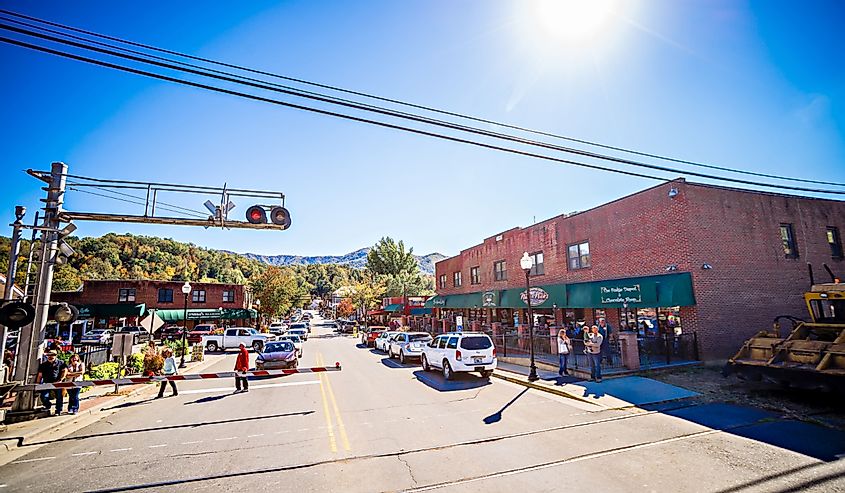
Bryson City's downtown is built along Everett Street, a narrow corridor pressed between steep ridges and the Tuckasegee River. Its scale and topography make it feel self-contained, with trains passing through the center of town and mountain walls visible from every direction. The town serves as the departure point for the Great Smoky Mountains Railroad, whose restored depot draws daily foot traffic and sets the tone for the entire commercial district.
The Swain County Heritage Museum, housed in the old courthouse, offers exhibits on regional logging history, rail development, and Cherokee heritage. Nearby, One Twenty Main operates as an art studio and shop in a renovated historic storefront, showcasing paintings, prints, and gifts that reflect Bryson City and the Smokies. For breakfast or lunch, Everett Street Diner keeps a short, reliable menu and a loyal local crowd. Just beyond downtown, the Deep Creek entrance to Great Smoky Mountains National Park provides access to hiking trails, waterfalls, and tubing runs within walking distance of town.
Blowing Rock
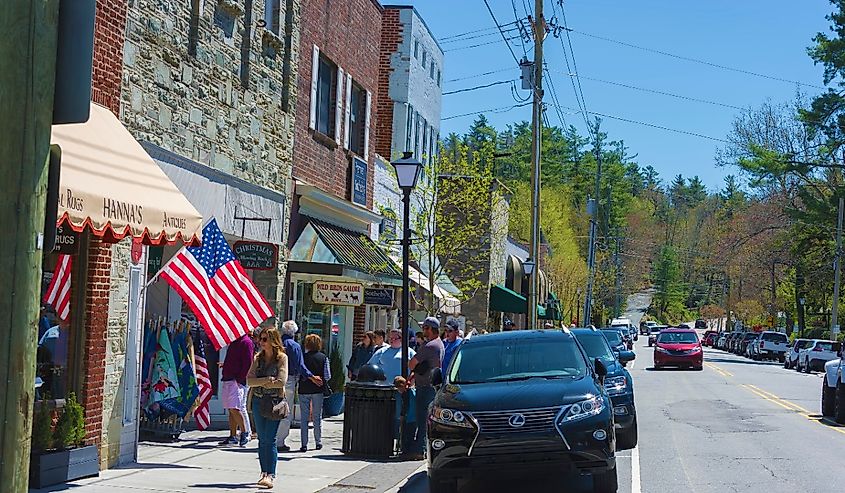
Blowing Rock's downtown sits at 3,500 feet, shaped by its role as one of the oldest resort towns in North Carolina's High Country. Incorporated in 1889, it became a summer retreat for wealthy families from Charlotte and Greensboro, and many of its historic homes and inns remain within walking distance of Main Street. The town takes its name from The Blowing Rock, a wind-swept cliff just outside the center that looks out over the Johns River Gorge. Its geography creates long sightlines over the Blue Ridge and consistent afternoon updrafts that shape both weather and folklore.
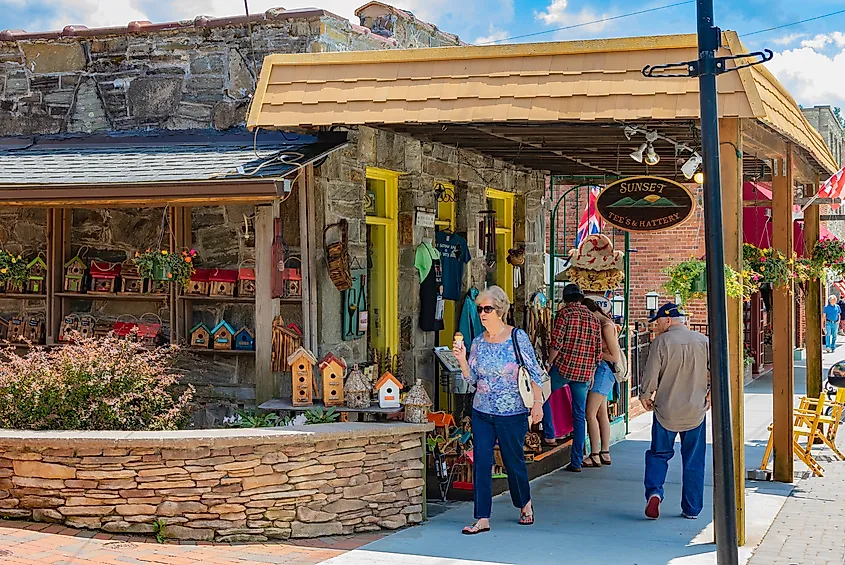
The Blowing Rock Art & History Museum anchors the downtown cultural scene, with rotating exhibitions and educational programming focused on Southern Appalachia. Kilwins, located at the corner of Main and Sunset, draws steady traffic for its open-view chocolate counter and storefront cones. Hellbender Bed & Beverage operates in a former home and combines lodging with a tight, seasonal menu and weekend brunch. Bass Lake, part of Moses H. Cone Memorial Park, sits just below the town center and offers a flat loop trail used year-round by walkers and anglers.
Hillsborough
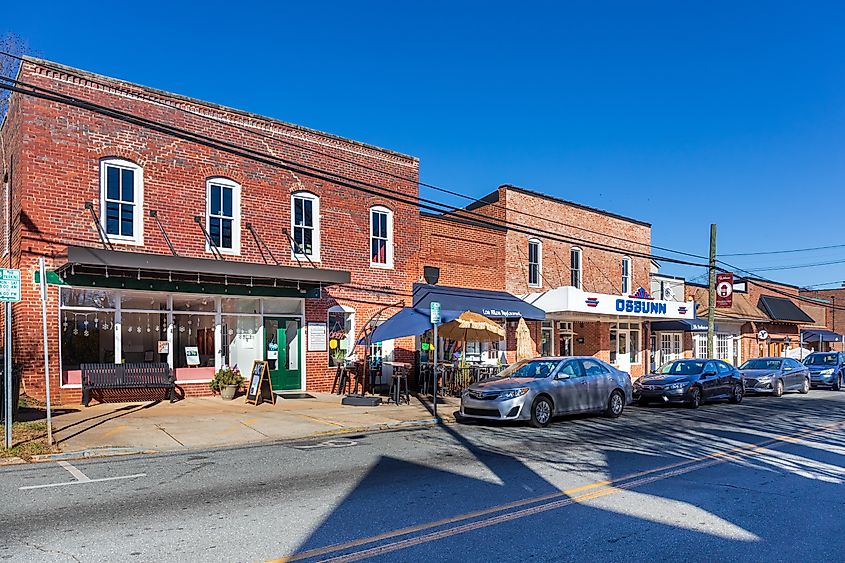
Hillsborough's downtown carries the physical imprint of its 18th-century origins more clearly than any other town in the Piedmont. The original street grid, laid out in 1754, remains intact, and many of the buildings on Churton and King Streets predate the Civil War. It was once the political center of the North Carolina backcountry and later became a quiet literary hub, home to writers like Allan Gurganus and Lee Smith. The presence of the Eno River directly behind downtown extends the town's grid into wooded trail networks and preserved riparian land.

The Burwell School Historic Site, a former girls' academy, presents antebellum life in a preserved home with original outbuildings and gardens. Antonia's, located at the main downtown intersection, serves northern Italian dishes in a structure with second-floor window bays and an original staircase. Hillsborough Gallery of Arts, a cooperative of local artists, offers painting, ceramics, and fiber work inside a former storefront on Nash Street. The Riverwalk Greenway, accessible from behind the public library or at Gold Park, follows the Eno through floodplains and open woods, linking downtown to miles of uninterrupted trail.
Beaufort

Beaufort's orientation toward the water is complete and uninterrupted. Its main street, Front Street, runs parallel to Taylor's Creek, where shrimp boats, sailboats, and ferries pass within yards of the sidewalk. Founded in 1709, Beaufort is one of the oldest towns in North Carolina and has preserved its maritime identity through working docks, weathered cottages, and the absence of high-rise development. The Rachel Carson Reserve sits directly across the creek, with barrier island marshes and a wild herd of horses visible from benches and boardwalks.
The North Carolina Maritime Museum anchors downtown's cultural offerings with shipwreck artifacts, including items recovered from Blackbeard's flagship, the Queen Anne's Revenge. Moonrakers, a three-story restaurant on the waterfront, offers rooftop views across the water to Carrot Island. Clawson's 1905 Restaurant & Pub occupies a former general store and uses original beams and shelves in its dining areas. The Olde Beaufort Farmers Market, held on the courthouse grounds, brings regional produce and seafood vendors into the heart of the historic district.
Banner Elk
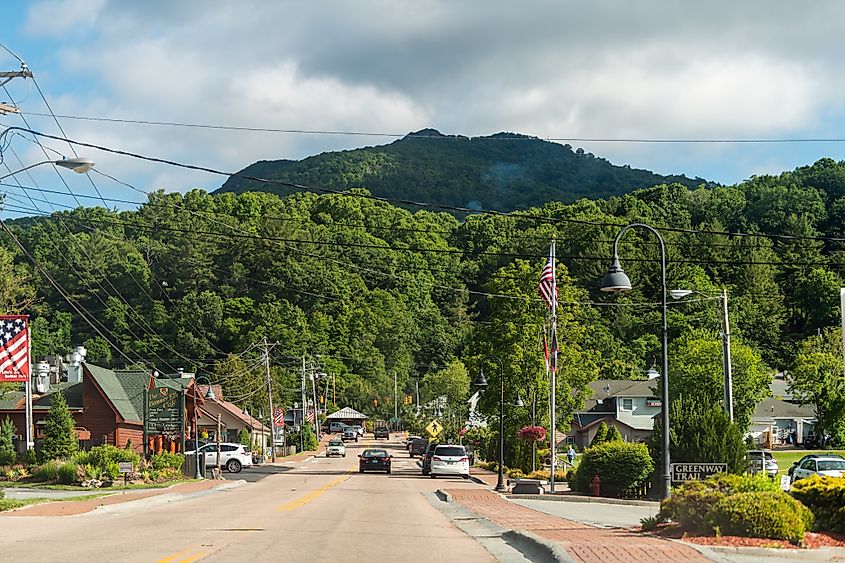
Banner Elk sits in a high valley between Beech Mountain and Sugar Mountain, with a downtown that functions more like a village crossroads than a commercial grid. Its elevation, just over 3,700 feet, creates a microclimate that supports cool summers, early snow, and fall color that lingers longer than in surrounding regions. The town developed alongside the Elk River and has grown as a basecamp for ski season and autumn tourism without losing its rural orientation.
The Banner House Museum occupies the preserved 1865 home of one of the town's founding families and presents 19th-century life through original furnishings and outbuildings. Banner Elk Café and Espresso Lodge anchors the central intersection, combining breakfast, pizza, cocktails, and coffee in a cluster of connected rooms and patios. Art Cellar Gallery, located just south of downtown, represents dozens of regional artists and maintains rotating exhibitions year-round. Tate-Evans Park runs along Shawneehaw Creek behind the town center and includes walking paths, a performance lawn, and access to the water.
Franklin

Franklin sits in a bowl of ridges formed by the southern edge of the Nantahala National Forest and carries the title "Gem Capital of the World" for its long-standing ruby and sapphire mines. The town grew up along the Little Tennessee River, and its downtown still centers on a historic courthouse square with preserved storefronts, low-rise brick buildings, and mid-20th century neon signage.

The Franklin Gem & Mineral Museum operates out of the 1850s jail and displays local specimens alongside global examples. A block away, the Scottish Tartans Museum and Heritage Center details patterns and histories brought by Highland settlers in the 18th century, using textile displays and clan records. Motor Company Grill serves burgers and milkshakes in a restored service station with tiled floors and original glass doors. The Little Tennessee River Greenway begins behind the town's shopping blocks and follows the water through floodplain woods, bridges, and picnic stops.
Little Washington
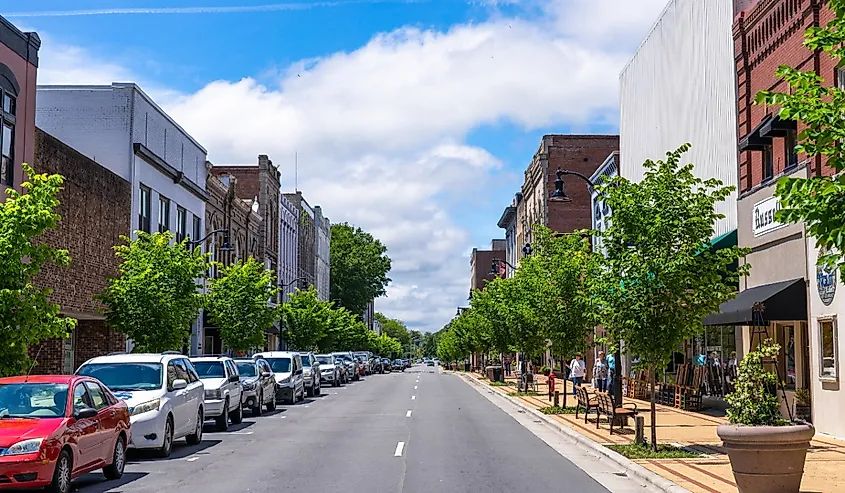
Little Washington was the first town in the United States named after George Washington, established in 1776 where the Tar River opens into the Pamlico. Its grid sits one block inland from the river, with historic buildings lining Main, Market, and Water Streets. Maritime traffic shaped the town's original economy, and much of that orientation remains, sailboats dock at the public marina while the wide boardwalk connects the waterfront directly to the commercial blocks.
The Turnage Theatre, a restored vaudeville house, anchors downtown's cultural life with live performances and film screenings inside a preserved 1930s auditorium. The Hackney operates out of a converted bank building, serving seasonal menus alongside gin distilled on site in a glass-walled still room. River Walk Gallery, a cooperative space with work by regional painters and craftspeople, occupies a storefront on Main Street. The Washington Waterfront Underground Railroad Museum, housed in a railcar beside the promenade, interprets the area's role in emancipation through local stories and maritime routes.
Southport

Southport's downtown rests at the mouth of the Cape Fear River, where inland waters meet the Atlantic under the watch of old oak trees and navigational lights. Founded in 1792 and laid out with a working port in mind, the town was built around maritime trade and later became a filming location for productions including Safe Haven and I Know What You Did Last Summer.
The North Carolina Maritime Museum at Southport documents shipwrecks, hurricanes, and the coastal defenses that once protected the river's mouth, all within a compact structure at the waterfront's edge. The Christmas House, operating from a former residence painted in bright colors, sells ornaments year-round and appears in nearly every visual record of downtown. Provision Company, a dockside restaurant with screened porches and self-serve beer coolers, overlooks the river and gets steady traffic from both boaters and foot traffic. Franklin Square Park sits inland one block and hosts public art, a small stage, and the town's weekend markets under a canopy of mature live oaks.
In these eleven towns, main street is more than a pretty backdrop; it's where history, work, and everyday routines still meet in the open air. Bakeries and bar stools, courthouse lawns and river benches all sit close together, tying past and present into a walkable strip of daily life. Spend a little time on these blocks, and you see what North Carolina keeps, and why it matters for generations ahead.
